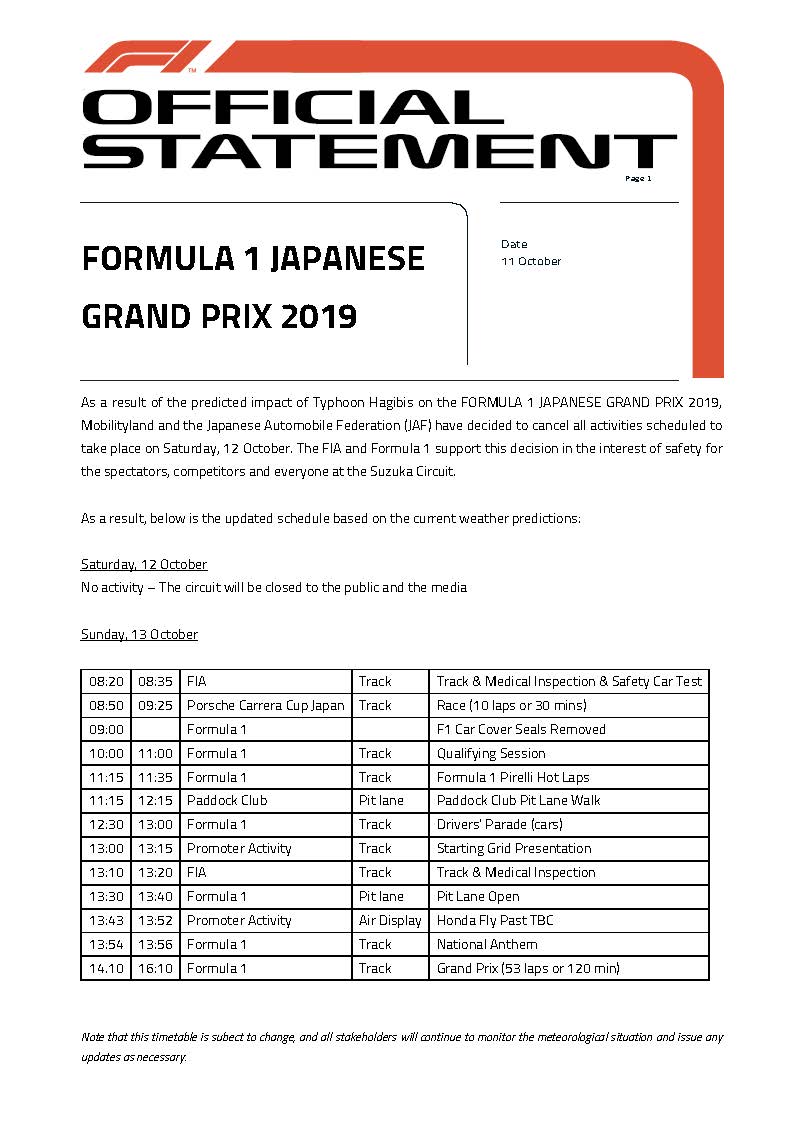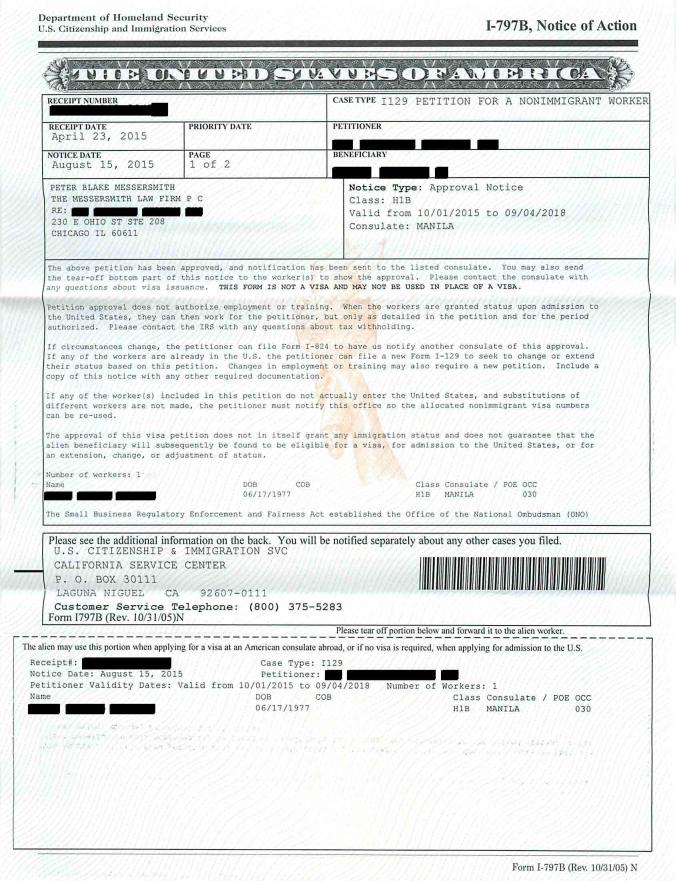

The burden of proof is on the employer to establish the truthfulness of the information contained on the LCA. The employer attests to the truthfulness and accuracy of the information entered on the LCA.The employer submits a Labor Condition Application (Form ETA-9035E ) to the Department through the FLAG System unless the employer is permitted to file by mail.The H-1B, H-1B1 and E-3 programs are attestation based programs.What to Submit to the Department of Labor Before filing an LCA by mail on the Form ETA-9035, an employer must first petition the Administrator of OFLC for special permission to do so. The two exceptions to electronic filing are employers with physical disabilities or those who lack Internet access and cannot electronically file the Form ETA-9035E through the FLAG System.LCAs must be filed electronically with the Department through the FLAG System.



LCAs must not be submitted more than 6 months before the beginning date of the period of employment.Citizenship and Immigration Services or obtaining a visa through the Department of State, employers must submit a Labor Condition Application (LCA/Form ETA-9035E/9035) to the Department of Labor attesting to compliance with the requirements of the H-1B, H-1B1 or E-3 program. Prior to filing a petition with the U.S.For information regarding the E-3 cap, E-3 cap qualifications and E-3 petitions, see the USCIS website or Consular sections of the Department of State website for Australia.ĭetailed Program Description available here. Current laws limit the annual number of qualifying foreign workers who may be issued an E-3 visa to 10,500 Australian nationals seeking temporary work in specialty occupations. on a nonimmigrant basis in specialty occupations. The E-3 program allows employers to temporarily employ foreign workers from Australia in the U.S. For information regarding the H-1B1 cap, H-1B1 cap qualifications and H-1B1 petitions, see the USCIS website or Consular sections of the Department of State website for Chile and or Singapore. Current laws limit the annual number of qualifying foreign workers who may be issued an H-1B1 visa to 6,800 with 1,400 from Chile and 5,400 from Singapore. The H-1B1 program allows employers to temporarily employ foreign workers from Chile and Singapore in the U.S. Citizenship and Immigration Services (USCIS) website. For additional information regarding the H-1B cap, cap qualifications and H-1B petitions, see the U.S. A specialty occupation requires the theoretical and practical application of a body of specialized knowledge and a bachelor's degree or the equivalent in the specific specialty (e.g., sciences, medicine, health care, education, biotechnology, and business specialties, etc.).Ĭurrent laws limit the annual number of qualifying foreign workers who may be issued a visa or otherwise be provided H-1B status to 65,000 with an additional 20,000 under the H-1B advanced degree exemption. on a nonimmigrant basis in specialty occupations or as fashion models of distinguished merit and ability. The H-1B program allows employers to temporarily employ foreign workers in the U.S. LCA Online Filing via FLAG System Overview of the H-1B, H-1B1, and E-3 Temporary Programs


 0 kommentar(er)
0 kommentar(er)
